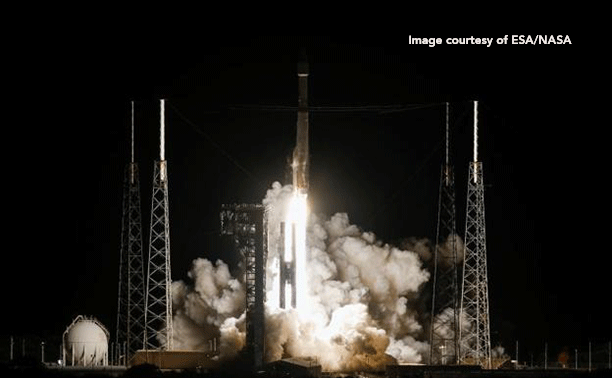Solar Orbiter heads for the sun

On 10 February, right on schedule, the Solar Orbiter mission lifted off on an Atlas V 411 from Cape Canaveral, Florida, heading for the sun.
At its closest point Solar Orbiter, led by the European Space Agency (ESA) with strong NASA participation, will be only 42 million kilometers from the Sun's surface, giving us unprecedented insights into how our parent star works.
In the frame of this mission, under a contract with ESA’s European Space Operations Center (ESOC), GMV has taken on responsibility for the design and development of its control center. GMV will also be providing ESOC with mission-long orbital control support (Flight Dynamics) in traditional areas like maneuver calculation, testing and orbit validation, plus command validation. Furthermore, GMV’s Portugal subsidiary is responsible for the Central Checkout System (CCS) under Astrium UK, software that forms part of the satellite-testing ground support system.
Solar Orbiter, which will orbit the sun five times in a two-and-a-half year period, carries scientific instruments that will be taking both in-situ and remote-sensing measurements, giving us our first complete view not only of solar physics but also of the heliosphere. The European probe will also be imaging the sun’s polar regions, as well as studying and trying to forecast the sun’s behavior and effects back on earth.
Solar Orbiter takes its cue from a long tradition of European solar exploration missions, featuring Helios 1 and 2 satellites, Ulysses and SOHO, in collaboration with NASA, plus ESA’s Proba-2 mission.